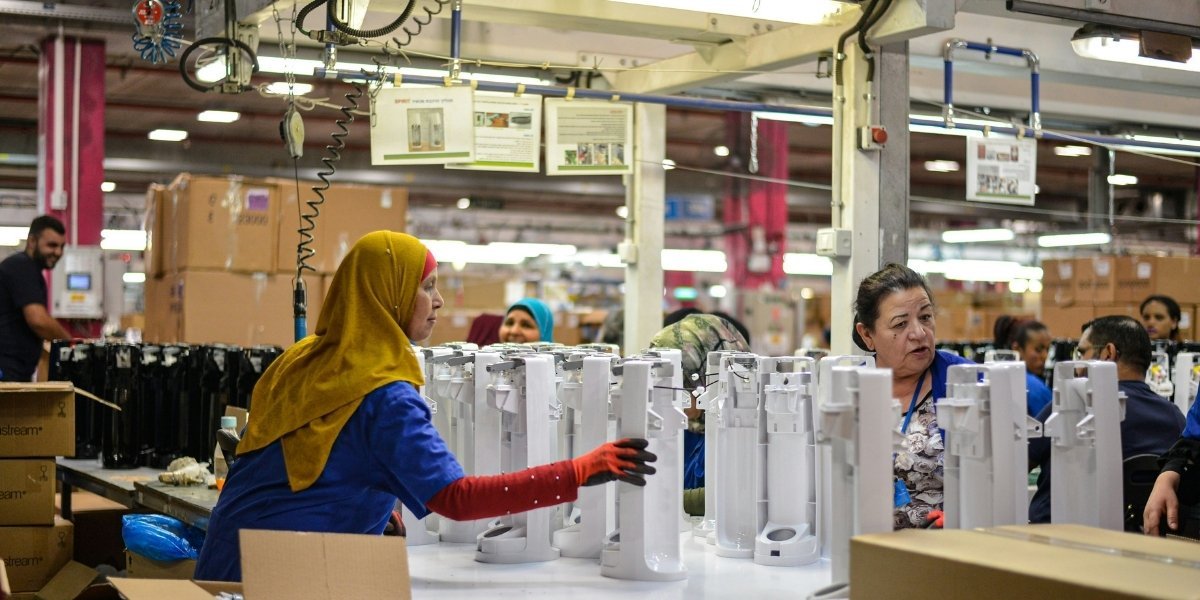Debunking the Common UK Car Finance Myths
Car finance has become an increasingly popular way for people in the UK to get behind the wheel of their dream vehicle without paying the full price upfront. However, despite its widespread use, there are still many misconceptions floating around that can confuse potential buyers. Let’s take a closer look at some of the most common car finance myths and separate fact from fiction.
1. You Need a Perfect Credit Score to Get Car Finance
One of the biggest myths is that only people with flawless credit histories can secure car finance. While a good credit score certainly helps you get better interest rates, it’s not a dealbreaker. Many lenders in the UK offer bad credit finance options tailored to people with less-than-perfect credit, such as subprime loans or hire purchase agreements. The key is to shop around and be honest about your financial situation—there’s often a deal out there for you, even if your credit isn’t pristine. If you’re struggling to finance a car, you could wait until your credit situation improves and then try again.
2. Car Finance Is Always More Expensive Than Buying Outright
It’s easy to assume that financing a car will cost you more in the long run due to interest payments, but this isn’t always true. If you don’t have the cash to buy a car outright, finance allows you to spread the cost over time, often with manageable monthly payments. Plus, some deals—like 0% APR offers from dealerships—mean you won’t pay any extra interest at all. Compare that to draining your savings or taking out a high-interest personal loan, and car finance can sometimes be the smarter choice.
3. You Don’t Own the Car Until the Final Payment
This myth depends on the type of finance you choose. With Personal Contract Purchase (PCP) or leasing, it’s true that you don’t own the car unless you make a final “balloon” payment or buy it outright at the end. However, with a Hire Purchase (HP) agreement, you’re effectively buying a car from the start—once you’ve made all the payments, ownership transfers to you automatically. Understanding the terms of your agreement is crucial to knowing where you stand.
4. Car Finance Ties You Into Long Contracts
Many people think car finance locks you into lengthy commitments, but that’s not always the case. While traditional agreements might span three to five years, there are now more flexible options available. Some providers offer shorter terms, and with PCP, you can hand the car back at the end of the contract if you don’t want to keep it—provided you’ve stuck to the mileage limits and kept it in good condition. It’s all about finding a deal that fits your lifestyle.
5. Financing a Car Means You Can’t Sell It
If you’re on an HP deal and want to sell the car before it’s paid off, you can settle the remaining balance with the lender and then sell it, as long as you’ve got their permission. With PCP, it’s trickier since you don’t own the car outright, but you could still return it early or use any equity (if the car’s worth more than the remaining finance) towards a new deal. Always check with your provider first.
6. All Car Finance Deals Are the Same
Not all finance agreements are created equal, and assuming so can lead to a costly mistake. PCP, HP, personal loans, and leasing all have different structures, benefits, and drawbacks. For example, PCP often comes with lower monthly payments but a big final payment if you want to keep the car, while HP spreads the cost evenly with no balloon payment at the end. Doing your homework and comparing offers can save you money and ensure you pick the right option for your needs.
7. Car Finance Is Only for New Cars
While dealerships often push finance deals on shiny new models, you can absolutely finance a used car too. In fact, many second-hand car buyers opt for finance to make their purchase more affordable. Just keep in mind that interest rates might be higher for older vehicles, and the car’s age or mileage could affect the terms. Whether it’s a nearly new hatchback or a five-year-old saloon, finance is an option worth exploring.
Published by Mark V.






